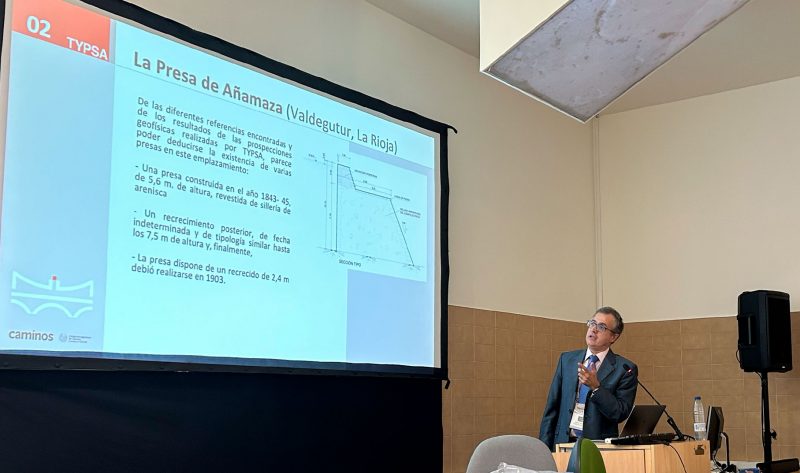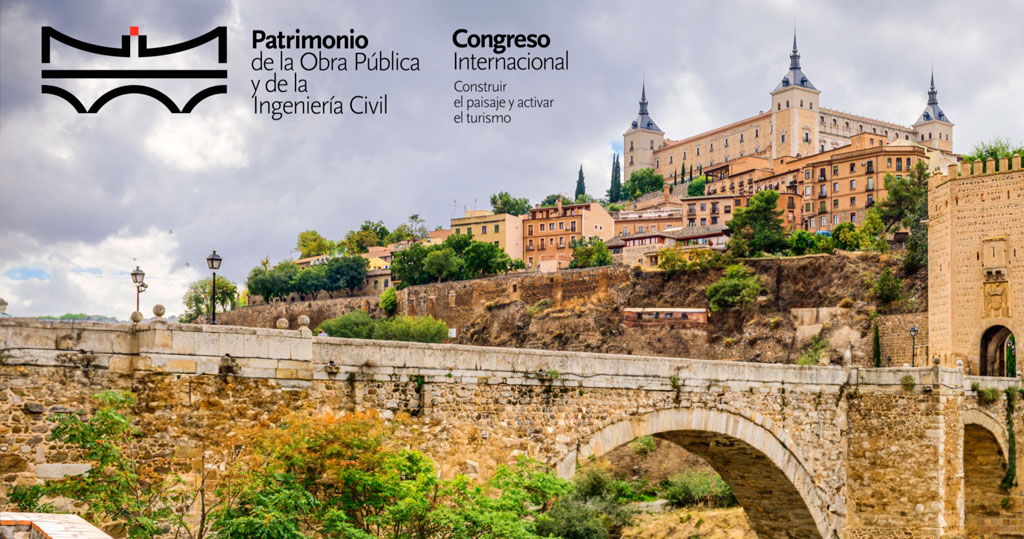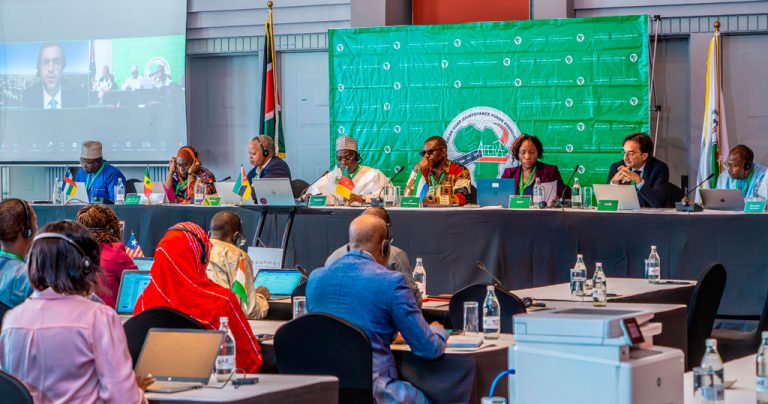The Spanish Institution of Civil Engineers organised the Congress on Public Works Heritage and Civil Engineering, last September which was held in the cities of Cuenca, Toledo and Madrid, Spain. 450 attendees from 7 countries attended the Congress at which TYPSA had a prominent participation.
At this international event, the Institution presented the Catalogue of Public Works Heritage Interventions, which includes works from all over Spain that require partial or total rehabilitation, or signage work and public communication campaigns and, as its president said, “It is time to push for a specific National Plan to protect our historical constructions and, at the same time, another National Plan to protect contemporary works in the field of civil engineering.”
TYPSA, sensitive to the care and recovery of historical heritage in all the designs and works in which it is involved, had a strong presence, led by José A. Osuna, Corporate Affairs Director, and Miguel García Manzanos, Regional Director of Aragon, with five presentations on a variety of topics, ranging from the intervention on a stone bridge in Lima dating to the early years of the 17th century, to works carried out in the 19th and 20th centuries on bridges and hydraulic works in Spain. The presentations were developed by Alejandro Ramos (Madrid), Sergio Garcia Belmonte (Valencia), Alvaro del Cuvillo (Madrid), Pedro Rivas (Aragon) and Raquel Martinez (Aragon).

The Congress was attended by representatives of different central, regional and local authorities, together with other entities from the scientific, university and communication world, linked to the conservation and recovery of public works heritage. Four exhibitions were organized to highlight, through photographs and models, the magnitude of the historical heritage of our country from Roman times to modern-day. An audiovisual piece, prepared by the Institution, including outstanding engineering heritage works, was also presented, contributing to spreading awareness of the valuable asset that Spanish public works represent.





